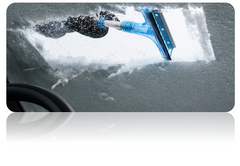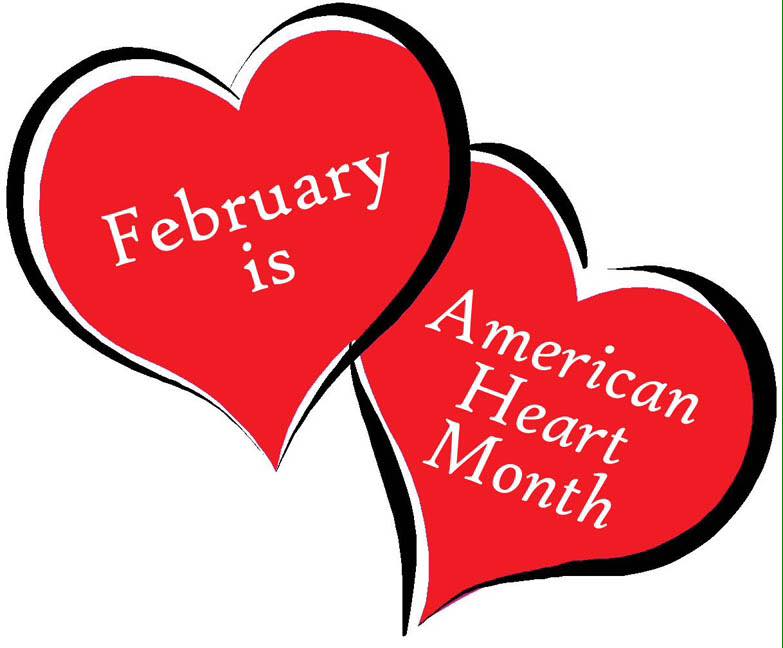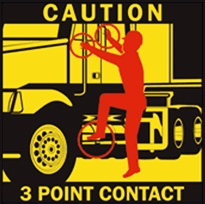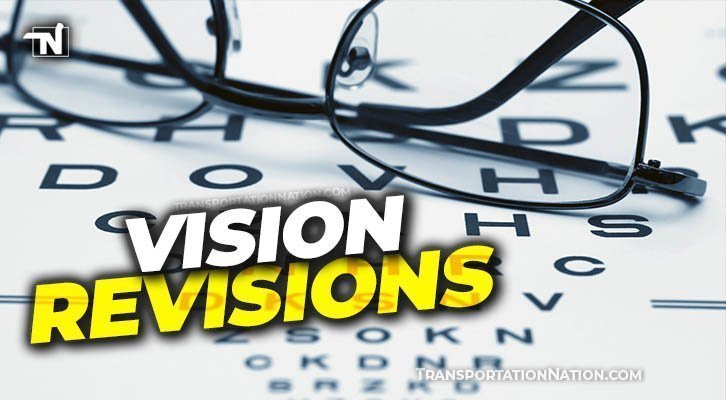Tunnel vision occurs when a driver scrapes off only a small area of ice and/or snow on their vehicle windshield to allow just enough space to see through a small hole as they drive. This practice significantly reduces a driver’s field of vision and greatly increases their risk of collision. The Kansas Highway Patrol estimates that drivers who do not clear their entire windshield of ice, snow and fog limit their field of vision to only about two to three percent of what a driver with a clear windshield can see.
A recent survey conducted by the Center for Safe Driving found that more than 50 percent of drivers admitted to not fully clearing snow or ice from the windows of their vehicles. As a countermeasure, many states have enacted laws requiring drivers to make reasonable efforts to remove snow or ice from their vehicles, and numerous law enforcement personnel across the country are planning to target drivers who do not clear their windshields this winter. As part of your pre-trip inspection, you should make sure that the windshield, side windows, and mirrors are clear of any snow, ice, or fog before starting your route or trip. Another dangerous situation that exists is chunks of snow or ice flying off the top of your vehicle and landing on other vehicles behind you. These chunks can be quite heavy and become dangerous projectiles that can cause crashes, injuries, and deaths. If heavy snow is forecasted it is recommended that you pull your unit away from the dock or terminal building so a drift of snow does not build up from the roof of the building to the top of your trailer or truck. As a professional driver, it is important to recognize this unsafe act in other drivers and be prepared to avoid a collision and stay out of their way.
February Is Heart Month: Are You at Risk for Heart Disease?
The perfect gift this Valentine’s Day is the gift of heart health. Along with Valentine’s Day, February marks American Heart Month, a great time to commit to a healthy lifestyle and make small changes that can lead to a lifetime of heart health.
Cardiovascular disease (CVD)—including heart disease, stroke, and high blood pressure—is the number 1 killer of women and men in the United States. It is a leading cause of disability, preventing Americans from working and enjoying family activities. CVD costs the United States over $300 billion each year, including the cost of health care services, medications, and lost productivity.
Recognizing a Stroke
Sometimes symptoms of a stroke are difficult to identify. Unfortunately, the lack of awareness spells disaster. The stroke victim may suffer severe brain damage when people nearby fail to recognize the symptoms of a stroke.
Safely getting in or out of a Commercial Motor Vehicle
Now is a good time to remind drivers to follow the 3 Point rule while getting in and out of their trucks. During the winter months, footing conditions are compromised and the chance of slipping or falling is increased. The 3 Point rule is simply that you keep three out of four of your contact points (hands and feet) secured to keep from slipping or falling. When exiting a truck, for example, one hand on the cab handle, one hand gripping the interior door handle, and one foot on a step while the other foot is in transition, by doing this you always maintain three points of contact.
FMCSA Issues Final Rule on Driver Vision Standards
The Federal Motor Carrier Safety Administration has published a final rule to permit individuals who do not satisfy, with the worse eye, either the existing distant visual acuity standard with corrective lenses or the field of vision standard or both, to be physically qualified to operate a commercial motor vehicle in interstate commerce under specified conditions. 87 Fed. Reg. 3390 (January 21, 2022).
Currently, such individuals are prohibited from driving CMVs in interstate commerce unless they obtain an exemption from FMCSA. Effective March 22, 2022, the new alternative vision standard replaces the current vision exemption program as the basis for determining the physical qualification of these individuals.
Before an individual may be medically certified under the alternative vision standard, the individual must have a vision evaluation conducted by an ophthalmologist or optometrist. The ophthalmologist or optometrist records the findings of the visual evaluation and provides specific medical opinions on the new Vision Evaluation Report, Form MCSA–5871. Then, a Medical Examiner performs a physical qualification examination and determines whether the individual meets the alternative vision standard, as well as FMCSA’s other physical qualification standards. If the ME determines the individual meets the physical qualification standards, the ME may issue a Medical Examiner’s Certificate, Form MCSA–5876, for a maximum of 12 months.
The ME must consider the information in the Vision Evaluation Report and use independent medical judgment to apply four standards. To be physically qualified, the individual must: (1) have, in the better eye, distant visual acuity of at least 20/ 40 (Snellen), with or without corrective lenses, and field of vision of at least 70 degrees in the horizontal meridian; (2) be able to recognize the colors of traffic signals and devices showing standard red, green, and amber; (3) have a stable vision deficiency; and (4) have had sufficient time pass since the vision deficiency became stable to adapt to and compensate for the change in vision.












